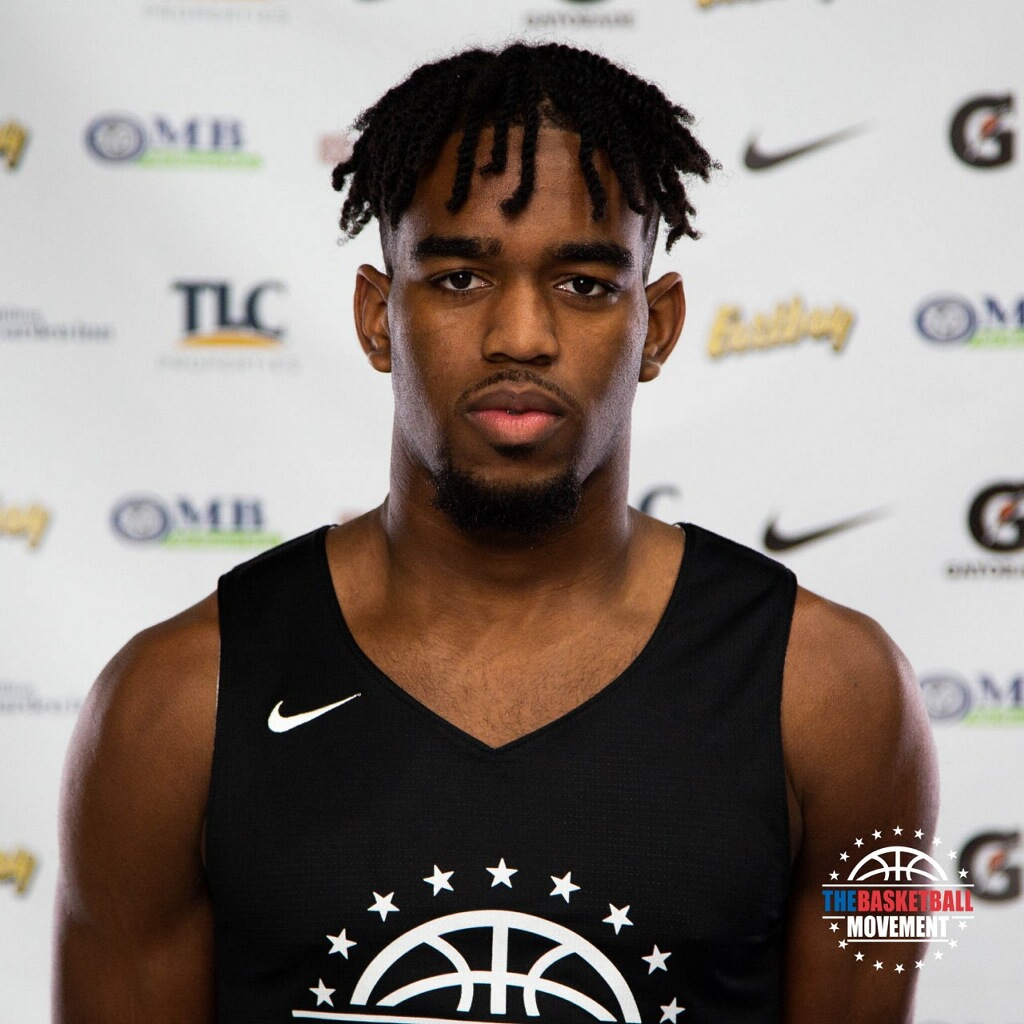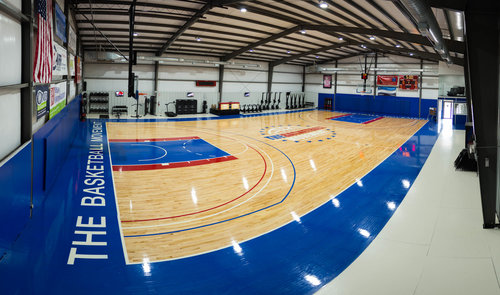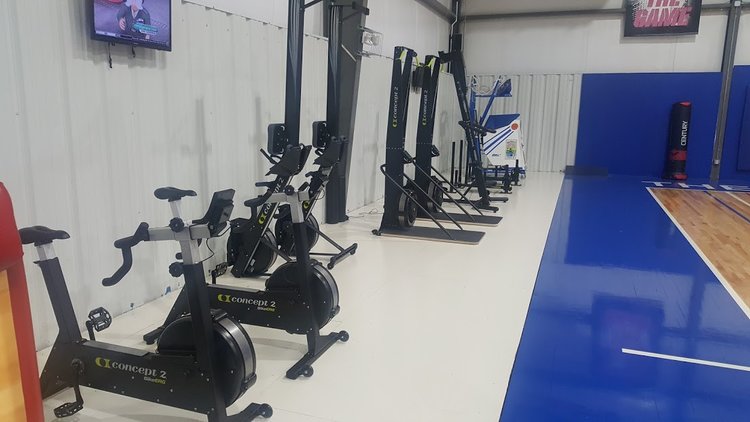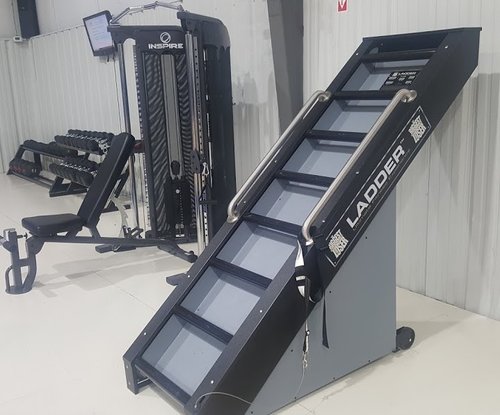The Basketball Movement’s 2018 Boys Invitational Camp was a success for all involved.
The Movement wants to thank all of the players that came out, parents or guardians of those players, staff and volunteers, and sponsors for helping to make this another successful camp.
A camp like this one sets out with several clear goals: Improve players, showcase their talent, build relationships, and have fun playing the amazing game of basketball. We enjoyed meeting first-time participants and parents as well as reconnecting with those we already knew well. The Basketball Movement is thrilled to be able to provide a platform for these up-and-comers as they look to improve and gain recognition.
The camp is invitational because iron sharpens iron. Players were able to compete at a very high level that they may not always have the opportunity to do. Aside from playing 3v3, 4v4, and 5v5, players also got to focus on skill development while soaking up the wealth of knowledge Rob Yanders and his coaches provide. A focus on physical well-being, interactions/connections, and continuous development are always at the forefront at The Movement.
With interviews, professional photos, some Twitter shoutouts, and more, players got to experience a professional atmosphere that is rare at this level. Part of it builds confidence and promotes an elite-level experience, but also… it’s fun! Basketball is a game and The Movement always pulls out all the stops for players at all levels.
There was no shortage of highlights from the weekend. Let’s get into which players stood out from the pack!
All-NBA Division Second Team
The games were broken up into three tiers: NBA, G-League, and Division I. The games were played using corresponding rules from their league. Below are The Basketball Movement’s selections for the All-NBA Division Second Team.
Evan Guillory
6’2” - Joplin class of 2020
Donyae McCaskill
6’2” - Vashon class of 2019
Committed to University of Portland
Isaac Haney
6’0” - Dora class of 2021
Anton Brookshire
6’1” - Kickapoo class of 2021
Quenton Shelton
6’2” - Lebanon class of 2020
Congratulations to The Basketball Movement’s All-NBA Division Second Team players!
All-NBA Division First Team
Now for the players that stood out all weekend long and earned top honors. Below are The Movement’s selections for All-NBA Division First Team.
Malek Davis
5’10” - Cardinal Ritter Prep class of 2019
Committed to Drury
Tre Edwards
6’7” - Link Year Prep class of 2019
Chase Adams
5’8” - Link Year Prep class of 2019
Tyem Freeman
6’6” - Parkview class of 2019
Committed to Missouri State
Austin Johnson
6’9” Link Year Prep class of 2019
Congratulations to the above All-NBA Division First Team players from The Basketball Movement’s Boys Invitational Camp!
Of course we still have other divisions. Keep an eye on The Basketball Movement’s blog and follow us on Twitter @BBall_Movement to stay on top of this and all other things basketball. Thanks again to all involved with making this year’s tournament a success. Keep grinding!


















